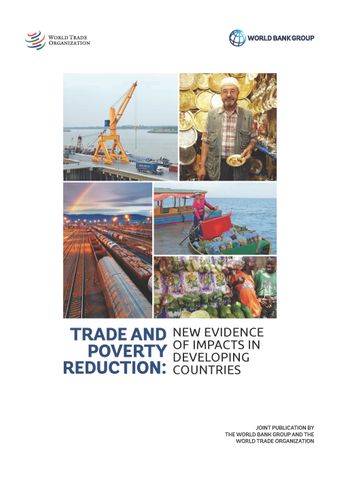- Home
- Books
- Trade and Poverty Reduction
- Chapter
Trade Openness and Vulnerability to Poverty in Viet Nam under Doi Moi

- By: World Trade Organization
- Source: Trade and Poverty Reduction , pp 120-147
- Publication Date: December 2018
- DOI: https://doi.org/10.30875/717fbf8e-en
- Language: English
Following the so-called “Asian option” of transition, from the early 1990s Viet Nam adopted the Doi Moi (renovation) process, a combination of liberalization, stabilization and structural reforms. This included two main waves of trade liberalization, one in the 1990s and a second in the 2000s (Coello at al., 2010). The first wave lasted from the initial opening of the country until approximately 2001 and foresaw the total abolition of trade licences and the removal of most quantitative restrictions (Thanh and Duong, 2009). The second wave—still ongoing—includes the full involvement of the country in the global network of reciprocal trade agreements (both multilateral, WTO accession in January 2007, and bilateral, such as agreements signed with the United States in 2001 as well as FTA negotiations with the EU concluded in 2016).
-
From This Site
/content/books/9789287045225c008dcterms_subject,pub_countryId-contentType:WorkingPaperSeries -contentType:Periodical -contentType:BookSeries -contentType:ReportSeries105


